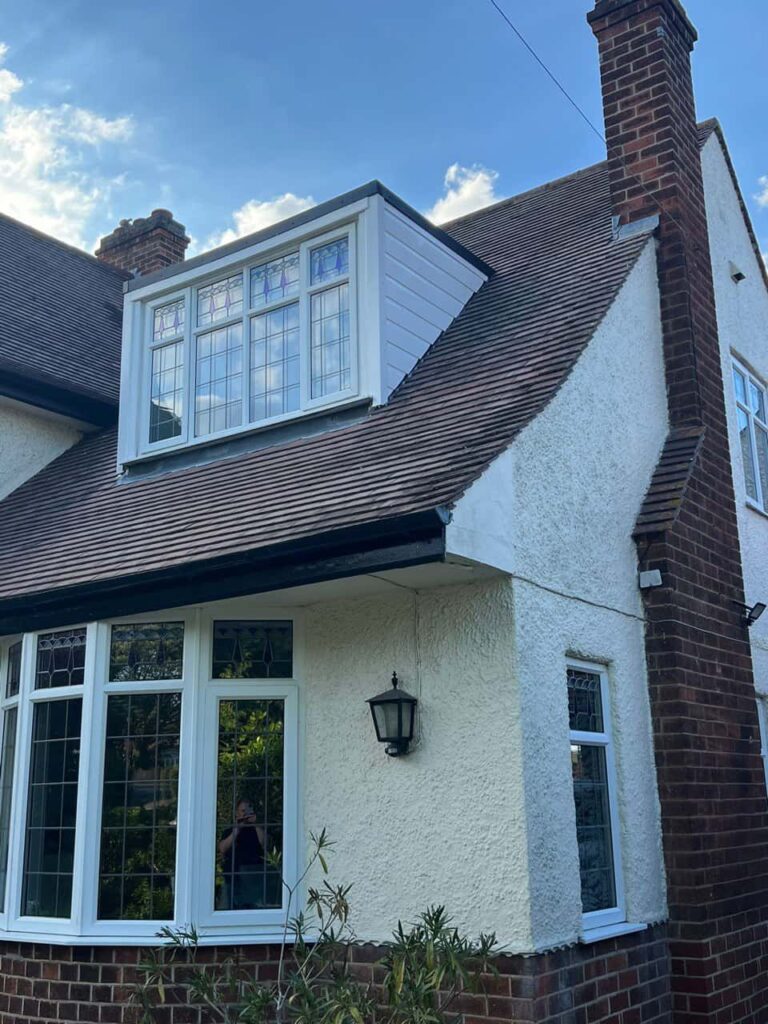Introduction: Resin paths are a popular choice when enhancing your outdoor spaces with a durable and attractive surface. However, many people often need clarification on resin bound and resin-bonded paths. At Bloxwich Roofing Repairs, we believe in providing clear and detailed information to help you make an informed decision. In this blog post, we will explore the key differences between resin bound and resin-bonded paths to help you choose the right option for your needs.
Resin Bound Paths
What Are Resin Bound Paths?
Resin-bound paths are created by mixing resin with aggregate stones before laying the mixture onto a prepared surface. The result is a smooth, porous surface that allows water to drain, reducing puddles and surface water.
Key Features of Resin Bound Paths:
- Permeability: One of the standout features of resin bound paths is their permeability. The porous surface allows rainwater to pass through, reducing the risk of flooding and promoting natural drainage.
- Smooth Finish: Resin-bound paths provide a smooth, seamless finish that is visually appealing and safe for walking. The even surface is ideal for pedestrians, pushchairs, and wheelchairs.
- Durability: The combination of resin and high-quality aggregates creates a robust, long-lasting surface that can withstand heavy foot traffic and weather conditions.
- Low Maintenance: Resin bound paths are easy to maintain, requiring only occasional cleaning to keep them looking their best. The permeable surface also helps prevent weed growth.
- Variety of Colours and Designs: Resin-bound paths come in various colours and designs, allowing you to create a customised look that complements your property.
Resin Bonded Paths
What Are Resin Bonded Paths?
Resin-bonded paths are made by applying a resin layer onto a prepared surface and then scattering loose aggregate stones on top. The stones stick to the resin, creating a textured surface.
Key Features of Resin Bonded Paths:
- Non-Permeable: Unlike resin-bound paths, resin-bonded paths are non-permeable. Water cannot pass through the surface, which may lead to puddling and potential drainage issues.
- Textured Finish: Resin bonded paths have a textured, rough finish due to the loose stones on the surface. This provides excellent grip and is ideal for areas where slip resistance is crucial.
- Quick Installation: Resin-bonded paths can be installed relatively quickly, making them a convenient option for covering large areas quickly.
- Cost-Effective: Resin-bonded paths are generally more cost-effective than resin-bound paths, making them an attractive option for those on a tighter budget.
- Maintenance: While resin-bonded paths are also low maintenance, the loose stones on the surface may become dislodged over time and require occasional repairs.
Comparing Resin Bound and Resin Bonded Paths
Permeability:
- Resin Bound Paths: Permeable, allowing water to drain through.
- Resin Bonded Paths: Non-permeable, may result in puddles and drainage issues.
Finish:
- Resin Bound Paths: Smooth and seamless.
- Resin Bonded Paths: Textured and rough.
Durability:
- Resin Bound Paths: Highly durable and long-lasting.
- Resin Bonded Paths: Durable but may require occasional repairs due to loose stones.
Maintenance:
- Resin Bound Paths: Low maintenance, with weed resistance.
- Resin Bonded Paths: Low maintenance, but loose stones may need to be replaced.
Installation Time:
- Resin Bound Paths: Requires more time due to the mixing process.
- Resin Bonded Paths: Quicker installation.
Cost:
- Resin Bound Paths: Generally more expensive due to the materials and installation process.
- Resin Bonded Paths: More cost-effective.
Conclusion: The choice between resin-bound and resin-bonded paths depends on your specific needs and preferences. If you prioritise a smooth, aesthetically pleasing surface with excellent drainage, resin-bound paths are the ideal choice. However, if you need a cost-effective solution with a textured finish and quick installation, resin-bonded paths may be more suitable.
Call us on: 01922 661 599
Click here to find out more about Bloxwich Roofing Repairs
Click here to complete our contact form and see how we can help you with your roofing needs.

